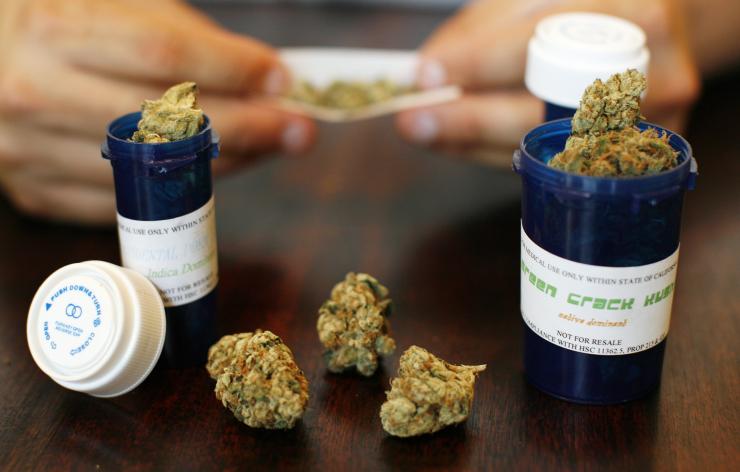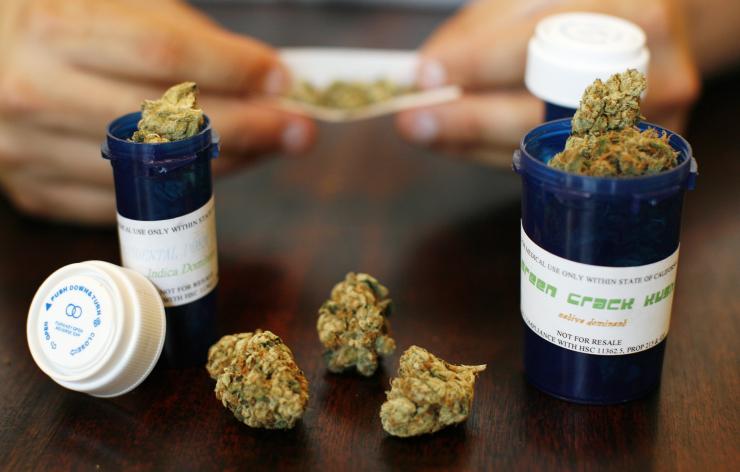For most of the human history Marijuana has been completely legal. Marijuana has been illegal for less than 1% of the time that it’s been in use. Cannabis and its derivatives (marijuana, hashish/charas and bhang) is the most traditional and trending drugs which are widely used among Adolescents. Some cannabis users start using the drug in their adolescence but some leave it after initial experimentation, while others go on to develop abuse/ dependence.
Possession of cannabis and its derivatives are illegal in most countries since 1930s however, in many countries possessing drug in small quantity is legal and is decriminalized like in Netherlands, Uruguay the first nation in the world to legalize the sale, cultivation and distribution of cannabis, and in the US States of Colorado, Oregon, Alaska and Washington, etc. Some of the countries including Canada, the Czech Republic have legalized the medical consumption of cannabis
In 1894, the Report of the India Hemp Drugs Commission, commissioned by the UK Secretary of State and the government of India, was instrumental in a decision not to criminalize the drug in those countries.

Legalization of cannabis in India
Legalization will increase taxation and revenue to the Government and provide an additional source of income to thousands of farmers. The revenue by legalization of cannabis and taxing it will ultimately reduce the costs of buying for the end user as well because drug dealers in the black markets tend to sell the drugs at a very high or at arbitrary prices. It will help in eliminating the Black market production. There will also be quality control if the process of sale and consumption is legalized.
Consumption of Alcohol is more harmful than marijuana, In 2008, research on marijuana’s risk to health commissioned by nonpartisan British cerebrate tank the Beckley Substratum found: The public health impact of contemporary patterns of cannabis use are modest by comparison with those of other illicit drugs (such as the opioids) or with alcohol. In the former case this reflects the absence of fatal overdose risk from cannabis. In the latter case, it reflects the much lower risks of death from cannabis than alcohol also impaired driving and fewer unpropitious effects on health.
According to various researches and studies it has been proven that cannabis and its derivatives have dozons of medical benefits. According to UCLA researchers people who smoke marijuana have lower incidences of cancer compared to non-users, leading them to conclude marijuana might have a protective cells against cancer. Studies have found that tobacco is responsible for 30% of all cancer deaths in U.S. and 87% of lung cancer deaths. Whereas there has never been single documented case of a marijuana-only smoker developing lung cancer as result of his/her marijuana consumption.
It will become a great source of income for the locals where cannabis plants grow, where marijuana is the only source of income ultimately leading to increase the Indian economy. Consumers tend to poses a threat of exposed to illegal/ impure marijuana as illegal dealers do not ask for ID and sell the unregulated and impure product. Legalization will improve the quality of marijuana sold to consumers as the legalization will lead to setting up of rules and regulation for production and selling the drug.
Brief History Of The Narcotic Drugs And Psychotropic Substances Act, 1985
The Preamble of the Act States that: An Act to consolidate and amend the law relating to narcotic drugs, to make stringent provisions for the control and regulation of operations relating to narcotic drugs and psychotropic substances [, to provide for the forfeiture of property derived from, or used in, illicit traffic in narcotic drugs and psychotropic substances, to implement the provisions of International Convention on Narcotic Drugs and Psychotropic Substances] and matters connected therewith.
In the early days statutory control over narcotic drugs was provided under the Opium Act, 1857, and the Dangerous Drugs Act, 1930. It contained inadequate provisions in the field of illicit drug traffic and drug abuse “at national and international level. To consolidate and to amend the existing laws relating to narcotic drugs a comprehensive legislation “the Narcotic Drugs and Psychotropic Substances Bill, 1985 which was introduced in the Loksabha on 23rd August, 1985. The Narcotic Drugs and Psychotropic Substances Bill, 1985 was passed by both the Houses of Parliament and it was assented by the President on 16th September, 1985. It came into force on 14th November, 1985 as the NARCOTIC DRUGS AND PSYCHOTROPIC SUBSTANCES ACT, 1985 (61 of 1985).
Under the NDPS Act, it is illegal for a person to produce/ sell/ manufacture / cultivate, possess, sell, purchase, transport, store, and/or consume any narcotic drug or psychotropic substance. Anyone who contravenes NDPS Act will face punishment based on the quantity of the banned substance.

